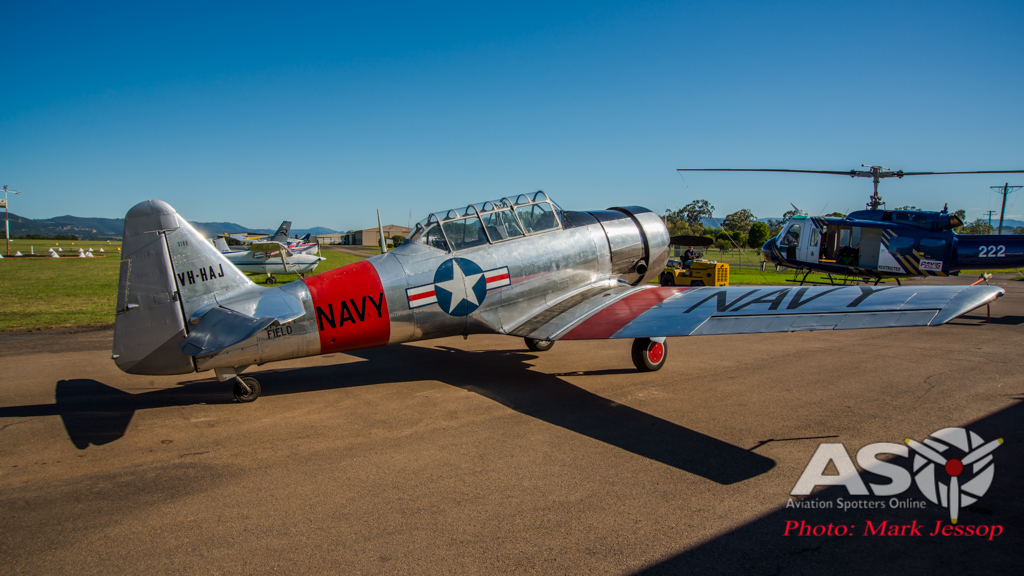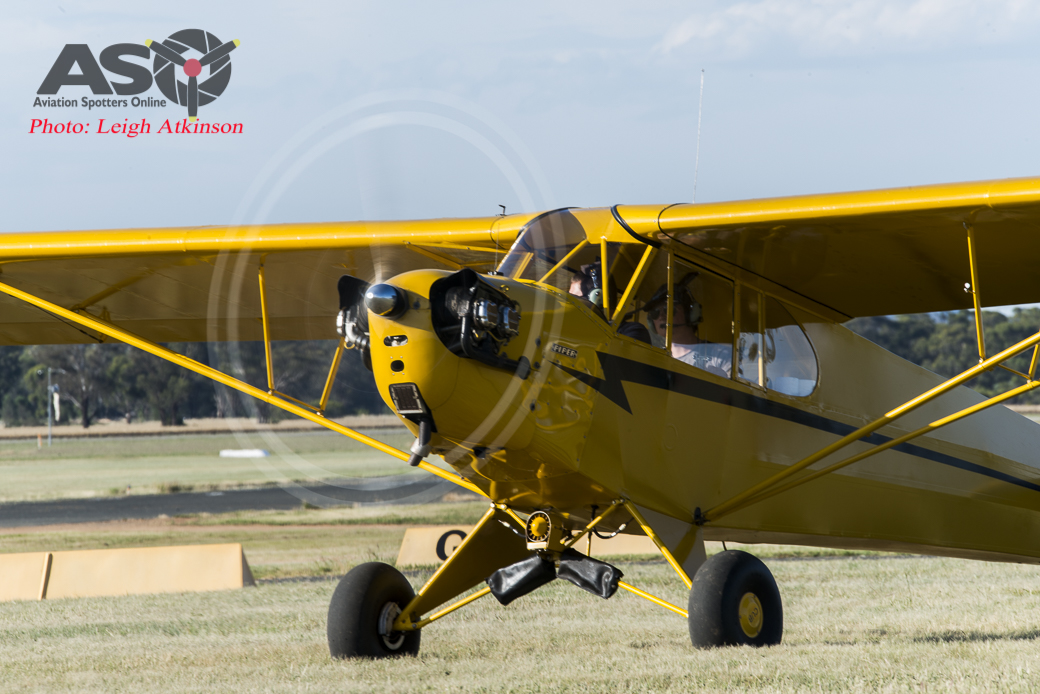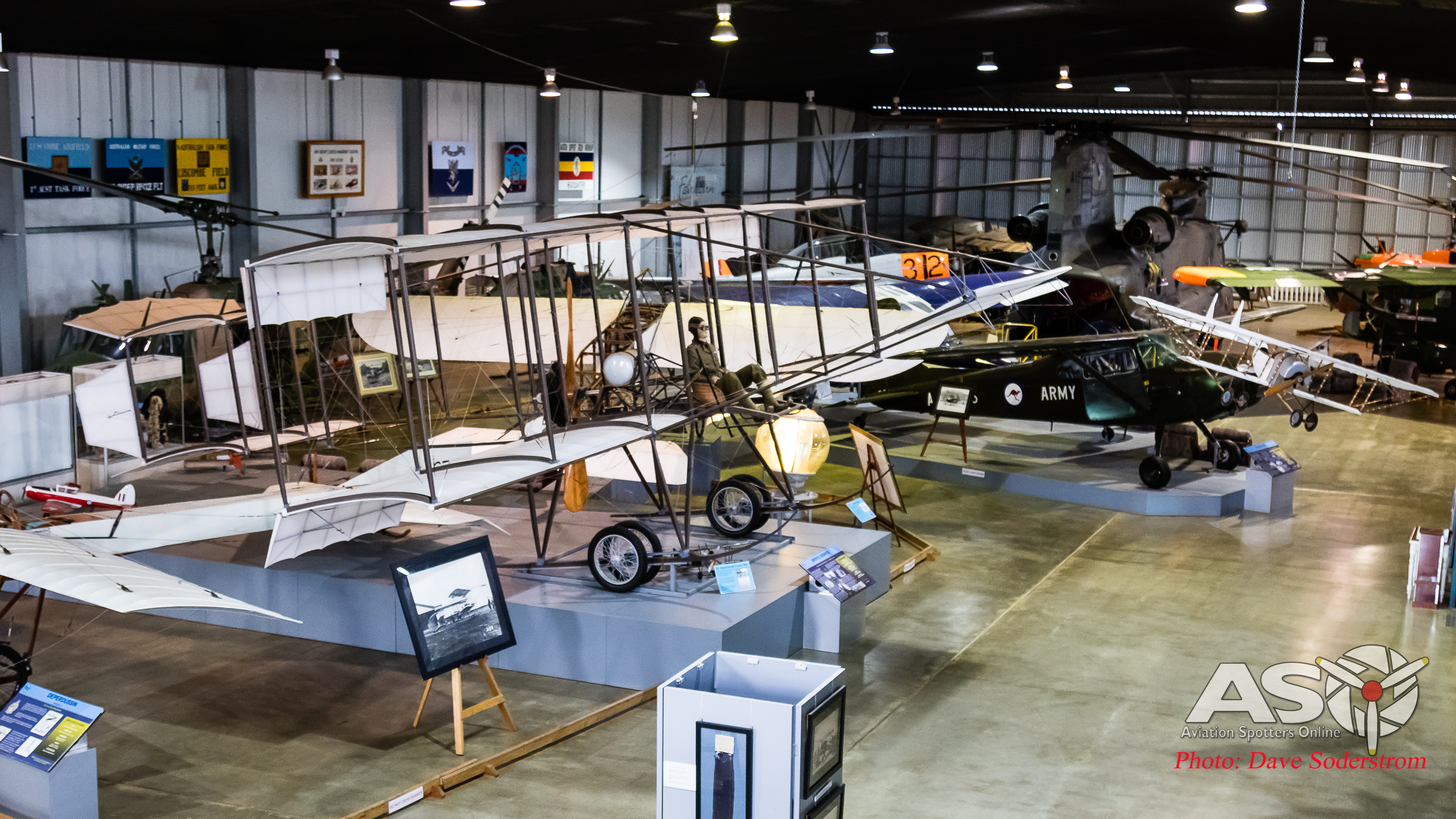The Hawker Hurricane is an extremely rare aircraft in the Southern Hemisphere, with only one example being operated by the Royal Australian Air Force (RAAF) during World War Two, here in Australia.
A Hawker Hurricane Mk.I fitted with tropical equipment, V7476 was imported into Australia in 1941 by the British Government, for evaluation for local service. The RAAF allocated serial A60-1 whilst on charge, however the aircraft retained its Royal Air Force serial number. Assembled at the No 1 Aircraft Depot in August 1941, the aircraft was allocated to the Central Flying School at RAAF Point Cook on the 6th September 1941, where it was used for familiarization flights and war-loan demonstrations.

Australia’s only RAAF Hawker Hurricane Mk.I V7476 (Image from Historic Australian Aircraft Archives.)
An interesting mission that the aircraft was to conduct was in 1942 when the Hurricane was transferred to No 2 Communication Flight and, while at Laverton, it was used for testing an anti-“G” suit designed by Professor Cotton, of Melbourne University. By 1946, the Hurricane was transferred to Point Cook, where it remained until sold in 1951.
The RAAF’s 3, 450, and 451 Squadrons operated RAF supplied Hurricanes in the North African desert in 1941 and 1942.
Today however the Hurricane is once again flying in Australian skies. Hawker Hurricane C/N 60372, C-FDNL, Mk XII / IIB Serial No 5481 that arrived here in April 2014. Unpacked at Scone in the Hunter Region of New South Wales, the aircraft arrived from Canada where it had previously been flying with Ed Russel on his private grass strip near Niagara Falls. The new owner’s commissioned Vintage Fighter Restorations headed by Ross Pay with the task of reassembly, restoration and flight testing of the aircraft.
The Pay family are credited with restoring aircraft like Spitfire Mk.VIII VH-HET, CAC Mustang VH-AUB A68-107 and P-40E Kittyhawk VH-KTY, which are among some of the many treasures to come from their workshop. With further restorations currently underway including two more Spitfires MH603 and MH415, another P-40N Kittyhawk and another new to Australia type the Hispano Buchon. Ross runs Pay’s Air Services which are providers of Aerial Fire Fighting aircraft across Australia, as well as providing training and engineers services. A complete survey of the airframe was taken which meant the removal of the fabric covering to thoroughly inspect the aircraft’s overall condition. The Hurricane’s fuselage was sent to Matt Webber and the team at Luskintyre Aircraft Restoration, for some remedial wood work and recovering of the fabric among a host of jobs they were entrusted to complete.
With all the work completed the aircraft was entered onto the Australian VH register as VH-JFW.
The aircraft has been finished as the mount of Pilot Officer John Dallas Crossman. John was born in North Queensland, on 20th March 1918 and grew up in Newcastle, New South Wales. He was a decent student and a great swimmer. He enjoyed music, collected stamps and was a voracious reader. He had elegant hands and his deft fingers were good at electrical work but his greatest enthusiasm was for flying. He was mad about aeroplanes from the time he could walk and loved making balsa wood models. Soon, he turned to the real thing. When he was 14, Australian aviation legend Charles Kingsford Smith came to Newcastle to give joyrides. Ted Crossman took his young son to the aerodrome and John watched as Smithy thrilled passenger after passenger in hour-long flights. Soon it was his turn, and he was hooked. From that moment on, all he wanted to do was fly.
John firmly set upon a career in the air and, when he was 20, applied to join the RAF but was rejected. He reapplied, was accepted and set sail for England on 12 August 1939. He docked at Southampton on 13 October and took his first training flight on the 31st. ‘It was great.’ He did not look back and wanted to fly at every opportunity. His greatest moment was the day he received his wings.
The Battle of Britain commenced before John finished his training. He was initially posted to 32 Squadron then sent to an operational training unit to convert to Hurricanes. He did not see action after his return to the squadron. When he was sent north, he was posted to 46 Squadron at Stapleford Tawney in Essex, arriving on 12 September 1940.
John’s first action was on the 14th when the squadron attacked “a formation of about 60 Messerschmitt 109s at 20,000 feet”. He “got one decent burst into a 109 but was unable to see if I got him as [I] had to get out of the way of a few more.”
John was in the air again on 15 September when he “ran into hundreds of Jerry kites at about 19,000 feet. Three of us were going round to do head-on attacks on some Dorniers. I lost speed, spun down 6000 feet, came out near 20 more escorted by about 60 Messerschmitt 109s. Three of the 109s came after me. I evaded then came round [and] did a stern attack on the Dorniers. Put all my shots into one of them, set his port engine on fire and saw him go down”. He was credited with a probably destroyed.
As September advanced, John was in the air two or even three times a day. By the time he took to the air on 30 September, he had flown 18 sorties, including one that morning where a “large formation [of] ME 109s passed us but we did not attack—[we] were looking for bombers”. At 1.15 p.m., the squadron took off in partnership with 249 Squadron to patrol the Hornchurch line.
They encountered a group of Messerschmitt 109s and John was bounced. Witnesses claimed he engaged 20 fighters, exhibiting “stupendous courage”, as he clung to the tail of one of the Messerschmitts. He fired, “shooting down one which fell over the [Ashdown] Forest”. But he in turn became the victim of the stricken Me 109 and his Hurricane crashed in flames at Tablehurst Farm, Forest Row, East Sussex. Twenty-two year old John Crossman was the 11th Australian to die in the Battle of Britain. (Text from Kristen Alexander’s book – Australia’s Few and the Battle of Britain )
Link to buy the book- UK readers –http://www.pen-and-sword.co.uk/Australias-Few-and-the-Battle-of-Britain-Hardback/p/10350
Australian readers –http://www.kristenalexander.com.au/books/australias-few-and-battle-britain
John Dallas Crossman studio portrait with wings. Undated( 1940) taken in Newcastle on Tyne. Courtesy of Crossman family archive
Well the big day had been planned for a few dates but like all good things at this level a small thing like the weather can put a end to a days flying but on 2nd October 2016 a Hurricane was again in the skies over Australian soil. While the first flight was under 20 minutes the sight and sound of the Hurricane is something only a few Australians have seen as you have to travel mostly to England to have any good chance of seeing one in the air.
Once in the air Ross just flew the Hurricane around to make sure everything was working fine and once he was happy he made a few passes for the owners and team that helped to get the Hurricane back in the air. As the Hurricane taxied back you could just tell it was a magic moment for everyone involved.
Now that we know she flies how do we let the public see just how amazing an aircraft she is ? Like all good country towns the idea of a public day to raise money for the local Westpac rescue chopper was put forward and it didn’t take much to see that it was a worthy cause to help out. The next big question was….so how do we raise the awareness of this big event ? As luck would have it Ross was very keen for an Air to Air shoot and within days the weather looked like it would be on but again the weather didn’t want to play ball and when you have such a rare Warbird it only comes out flying when the time is right.
A few days later everything went as planned and we got the A2A shoot done. Since this shoot was such a rare opportunity Nikon NPS let me use their latest DSLR. The Nikon D5 and the very impressive 24-120mm F/4G Ed VR lens which I think is the best set up for any A2A shoot.
My ride for the shoot was the T-6 Harvard which gives excellent visual room to take photo’s once in the air as you can slide part of the canopy open.
Once up in the air it was time to form up with Ross and the Hurricane , to say that the camo scheme is hard to see is a massive understatement ! I was scanning the sky and even knew roughly where he should be coming from to form up but it wasn’t until he was above the horizon and very close that I realized ” I’m in this very shinny slow aircraft , lucky he is good guy and not the enemy ”
Most of the time I was shooting with a shutter speed of 1/400 down to 1/125. As this was only the 2nd flight I wanted to get a few usable shots straight because at anytime the aircraft could leave the shoot. While is was just some very nice and easy laps in the sky the sight of a Hurricane off the wing is something not many will ever see, I hope my photo’s help you to come along to the public day this Saturday the 12th of November at Scone Airport to the ” The Flight of the Hurricane”public flying day. Prices are Adults $15 , families $40 and kids under 12 free, all proceeds from the day go to the local Westpac Rescue Helicopter Service. There will lots of flying displays starting from 11:00am – 3:00pm and gates opening at 9:00am. This is an event not to be missed !










Amazing job…and amazing photos, too!! The Hurricane has always been one of my favourite aircraft.
Though I’m still very sad that the Hurri left Canada…I had dreams of seeing her fly, but Australia needed her more than we did.